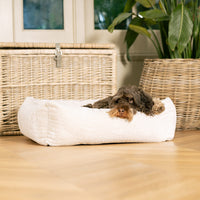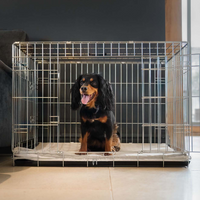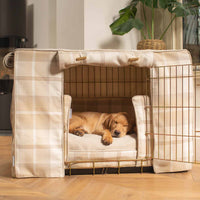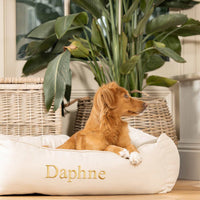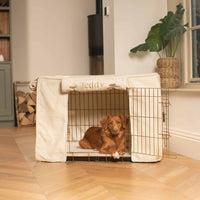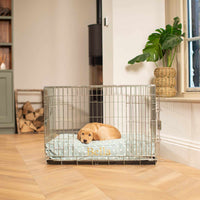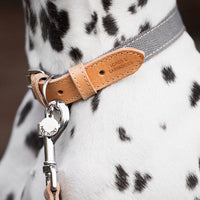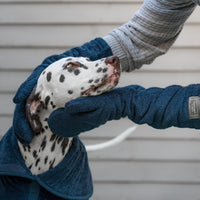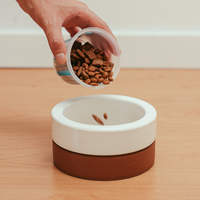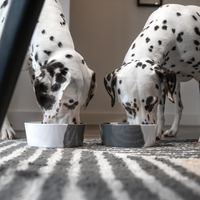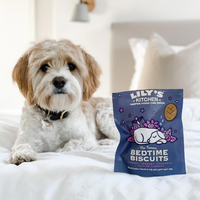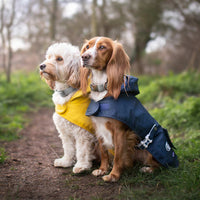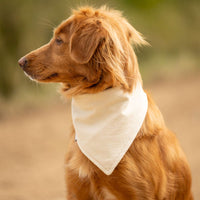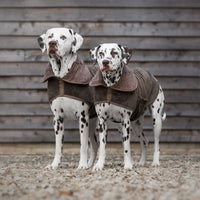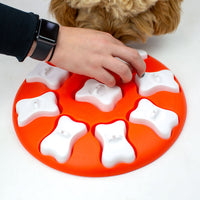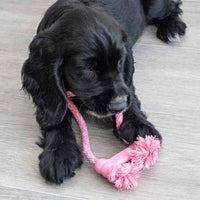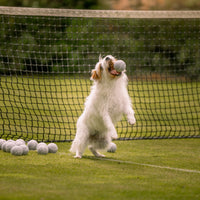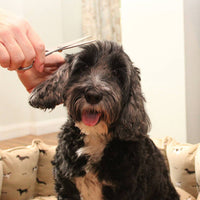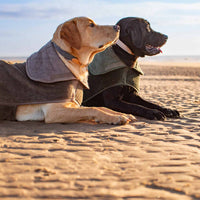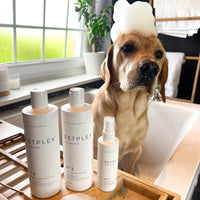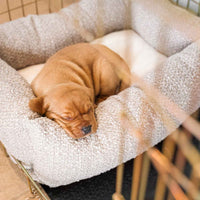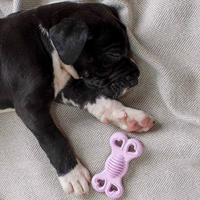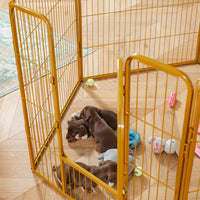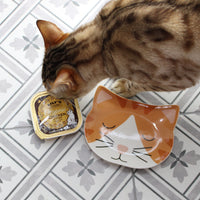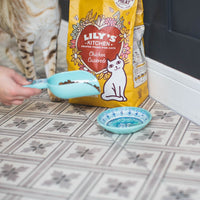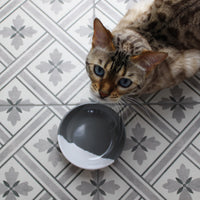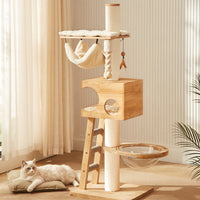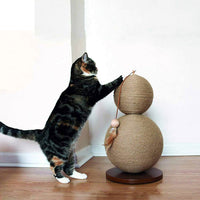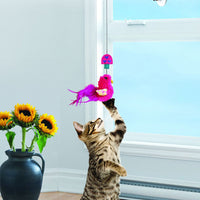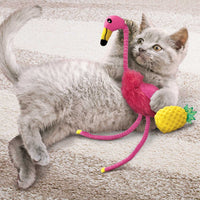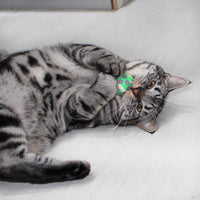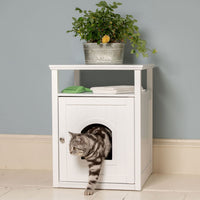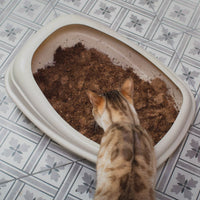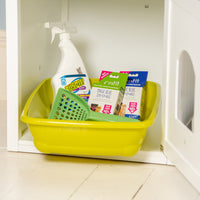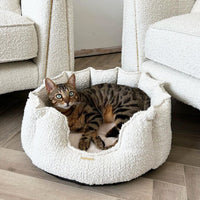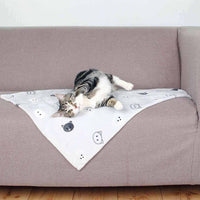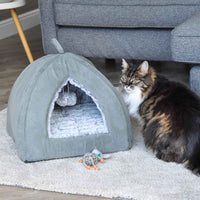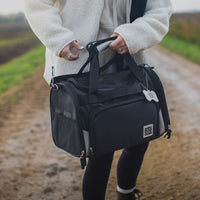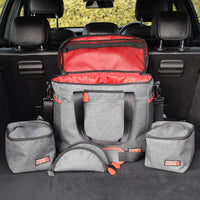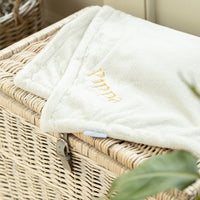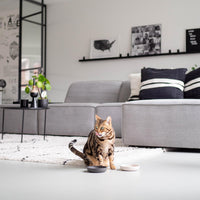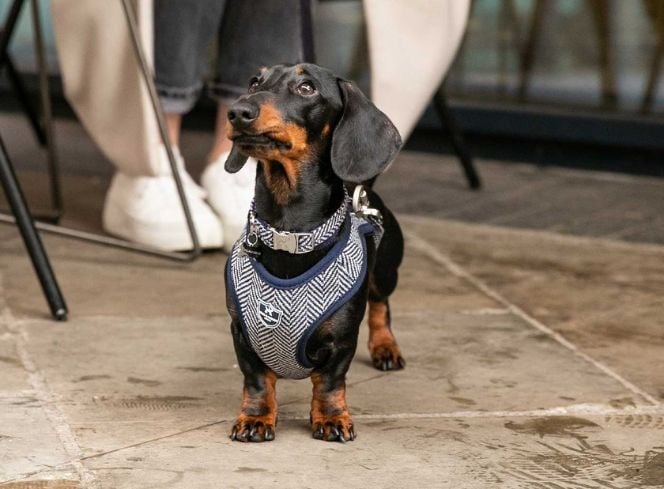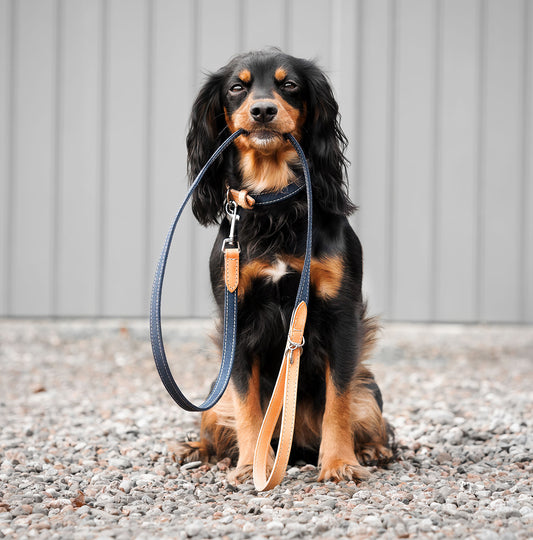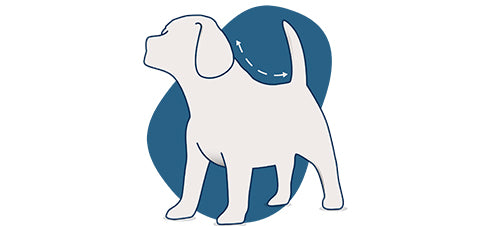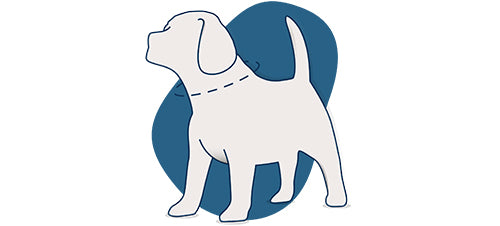Welcoming a new puppy into your home is a joyous occasion that comes with a flurry of responsibilities. One crucial aspect of puppy care is selecting the right collar and lead – a decision that requires careful consideration to ensure your furry friend's comfort, safety, and training success. In this guide, we'll delve into the world of puppy collars, addressing common questions and providing expert advice to help you make an informed choice.
The Journey Begins: Your Puppy's First Collar
Your puppy's first collar is a milestone in their development. Most breeders will use a whelping collar whilst your puppy is with them, they come in a variety of colours to help identify the puppies.
To ensure a smooth transition, select your puppy’s first collar that is soft, non-restrictive, and lightweight. We love the the Cocopup London collars for tiny puppies due to them being light weight and super adjustable, they also have a solid neoprene padding for extra comfort and support.
We recommend gradually introducing the collar to your pup by allowing them to wear it for short periods under supervision until they become accustomed to the sensation, it’s a great activity to start with them from the day you can pick them up so that by the time they can go on walks they are used to their collars
The Adjustable Advantage: Why Opt for an Adjustable Puppy Collar
When searching for the best puppy collar, look no further than the adjustable variety. These collars are designed to grow with your pup, accommodating their changing size and ensuring a snug fit throughout their growth stages. The adjustability not only guarantees a comfortable fit but also eliminates the need for frequent replacements as your pup blossoms into a full-grown dog.
As we mentioned above we love how adjustable the Cocopup collars are, the Hugo & Hudson collars also have the same great adjustable fit - perfect for puppies
Striking the Perfect Balance: Best Collar and Lead Combo for Puppy Training
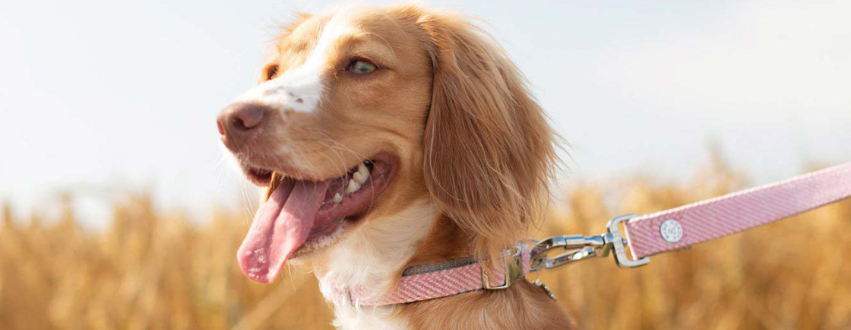
As you embark on the exciting journey of puppy training, a well-matched collar and lead combo can be your greatest ally. The best collar and leads for puppy training strike a balance between control and comfort. Opt for a collar with sturdy hardware and a lead that allows ample freedom while still enabling you to guide your puppy's movements. Both the Cocopup and Hugo & Hudson collars have matching leads and harnesses which are perfect for puppy training.
Collar vs. Harness: The Debate for Puppies
The question of whether a harness is better than a collar for a puppy is a common one. While harnesses distribute pressure more evenly and are ideal for dogs prone to tracheal issues and pulling, collars remain a viable option for many puppies - we recommend trying your puppy with both options to see how they walk best as the best option will vary from dog to dog. When introducing a collar to a puppy, it's crucial to choose one that's lightweight and appropriately sized to prevent discomfort.
Finding the Right Fit: What Size Collar for Your Puppy
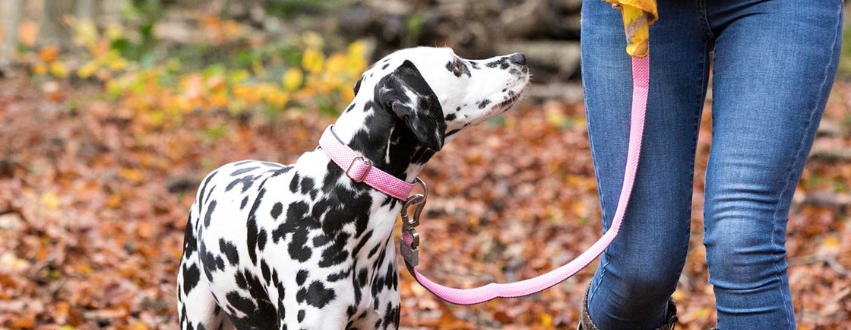
Determining the right collar size for your puppy requires precision. Measure your puppy's neck circumference and add a small allowance for growth then cross reference with the collars size guide. A collar that's too loose might slip off, while one that's too tight can cause discomfort and potential health issues. Always ensure a two-finger gap between the collar and your puppy's neck for optimal comfort.
When Your Puppy Hates the Collar
It's not uncommon for puppies to resist wearing a collar initially. To ease their discomfort, choose a lightweight and soft material. Gradually acclimate your puppy by introducing the collar during enjoyable activities, such as playtime or mealtime, associating it with positive experiences.
Sweet Dreams: Can a Puppy Sleep with a Collar?
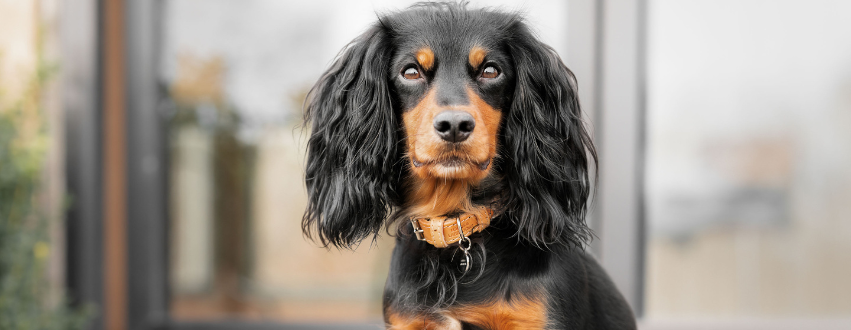
Puppies can sleep with a collar on, but it's advisable to remove any collars with tags or buckles during bedtime to prevent discomfort. If you prefer your puppy to sleep collar-free, ensure they wear their collar during the day for identification purposes.
Addressing Concerns: Are Collars Bad for Puppies?
Collars are not inherently bad for puppies when chosen and used thoughtfully. Select a collar that is lightweight, well-fitted, and comfortable. Avoid leaving collars on unsupervised puppies, and always monitor for signs of irritation or discomfort.
Battling the Itch: When Your Puppy Keeps Itching Their Collar
If your puppy consistently scratches or itches their collar, it may just be them getting used to wearing a collar or it could be a sign of irritation or an ill-fitting collar. Check the material for potential allergies, ensure proper fit, and consult your veterinarian if the issue persists.
In Conclusion
Selecting the best puppy collar involves careful consideration of your puppy's comfort, training needs, and safety. An adjustable collar that grows with your pup, paired with a suitable lead, can be your perfect training companion. While harnesses offer an alternative, collars can be a great choice when chosen and introduced thoughtfully. Remember that each puppy is unique, so patience and positive reinforcement will go a long way in making collar training a success.


